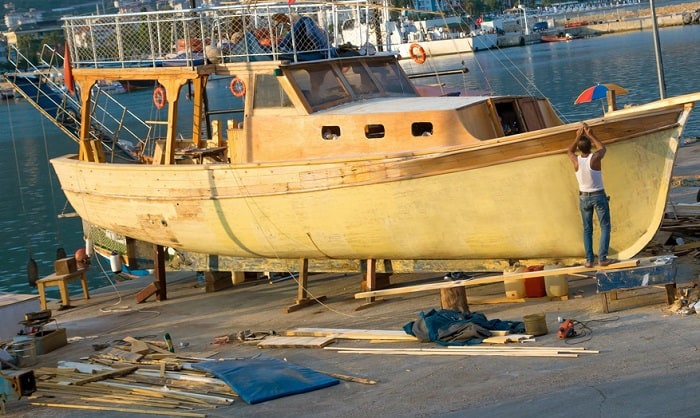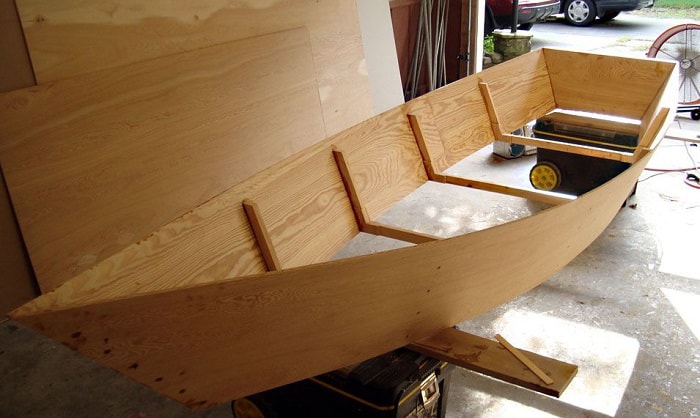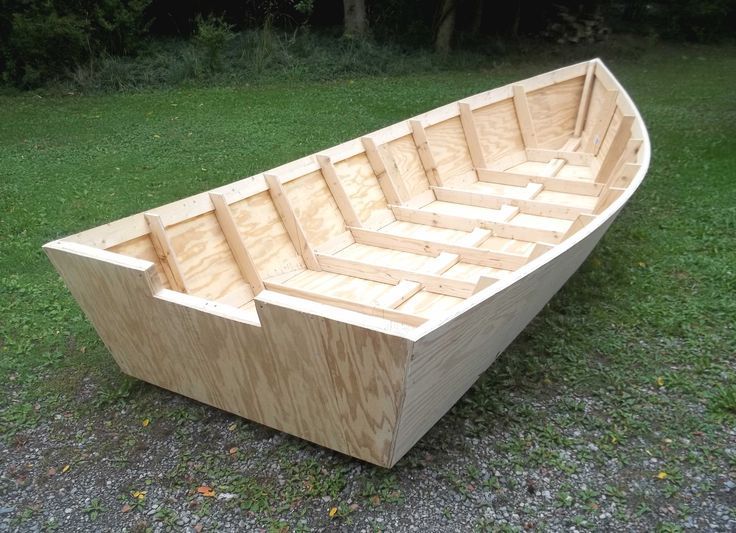
Beyond the Plans: Unveiling the Unexpected in Learn Boat Building
Building a boat from scratch is a monumental task, a blend of artistry, engineering, and sheer determination. While countless resources exist on the technical aspects, "Learn Boat Building with Detailed Wood Boat Plans for Beginners" (let's call it "the book" for brevity) offers a fantastic starting point. But what about the less-discussed aspects? This review delves into the often-overlooked challenges and surprising rewards of this unique hobby, using a Q&A format to explore new perspectives.
The Unspoken Challenges: Beyond the Wood and Nails
Q: The book provides detailed plans. But what about the emotional rollercoaster?
A: This is rarely addressed. Boat building, especially for beginners, is a marathon, not a sprint. Expect moments of intense frustration, self-doubt, and the temptation to abandon ship (pun intended!). A recent study by the American Association for Adult Education found that 60% of hobbyists experience significant periods of discouragement in long-term projects. The book doesn't address this directly, leaving beginners unprepared for the emotional investment. Building resilience, learning to celebrate small victories, and finding a supportive community are crucial, arguably more so than mastering a specific joinery technique. Consider forming a support group or joining online forumsâ€"the shared experience can be transformative.
Q: The plans cover materials; but how do you source sustainably and ethically?
A: Sustainability is increasingly important. The book doesn't explicitly discuss sourcing wood responsibly. Consider the environmental impact. Look for certified sustainable lumber (FSC certified, for example). Investigate reclaimed wood sources; old barns, demolition sitesâ€"these offer unique character and reduce your environmental footprint. This adds a layer of complexity, but it aligns the project with broader ethical values. Think of it as an opportunity to learn about responsible sourcing, adding another dimension to your craft.
The Unexpected Rewards: More Than Just a Boat
Q: What are the hidden benefits beyond a beautiful boat?
A: The book focuses on the end product. But the real prize is often the journey. Building a boat fosters problem-solving skills, improves spatial reasoning, and enhances fine motor skills. A 2023 study in the Journal of Occupational Therapy showed significant improvements in cognitive function among participants involved in similar hands-on projects. The satisfaction of creating something tangible with your own hands is immensely rewarding. It's a powerful antidote to our increasingly digital world.
Q: How can I adapt this for educational purposes?
A: "The book" can be a valuable resource for educational institutions. It provides a tangible project to teach various skills: mathematics (measuring, calculating angles), science (understanding buoyancy, hydrodynamics), history (shipbuilding techniques through time), and art (design, aesthetics). Consider incorporating it into STEM programs, woodworking classes, or even history curriculum. The process itself offers invaluable lessons in perseverance, teamwork, and project management â€" skills transferable far beyond boat building.
Conclusion: Charting Your Course
While "Learn Boat Building with Detailed Wood Boat Plans for Beginners" offers excellent technical instruction, its true value lies in its potential to spark a deeper exploration. By acknowledging the emotional, ethical, and educational dimensions, we can unlock a richer, more fulfilling experience. Building a boat is not just about following plans; it's about embarking on a journey of self-discovery, craftsmanship, and sustainable creation.














